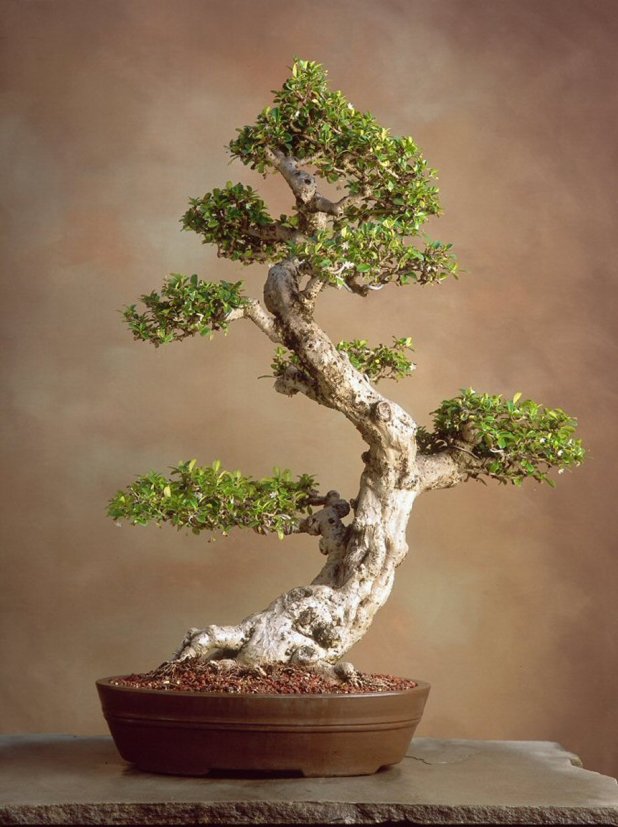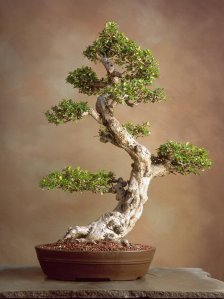After so many years, it’s hard to recall when the memories were made exactly, but the images remain like postcards from the Morikami in my mind… Every summer, the Morikami closes for one Saturday in August to open in the late afternoon for Obon, the cultural celebration that welcomes back spirits who have passed away for an evening of fun and music.
At the end of the festival, lanterns inscribed with messages to the spirits are set adrift on Morikami Pond, sending the loved ones back to the afterworld, as fireworks light the way.
This year, Bon is August 14 from 4-9 p.m. at the Morikami. If you have never been, wear comfy shoes and clothes, arrive early and marvel at the mix of humanity – because everyone goes to Bon sooner or later. Buy tickets at www.morikami.org/bon
Here are a few of my favorite recollections of Obon:
Bon Memory #1: Dancing in front of the Bon Odori stage with the kimono-clad Chitose Kai dancers should make you feel somewhat idiotic, but it doesn’t. The dancers are so elegant, and they’re all smiling at you, which makes you feel like you’re doing it right – even though you just learned the steps. Just step and wave, step and wave, step and wave…
Bon Memory #2: Standing at the base of the steps leading up to the Museum and the Cornell Café, pondering whether you want a meal with an eggroll from the Café or a piece of meat on a stick with Japanese beer from the fun, food vendors. Roll or stick, roll or stick, roll or stick…
Bon Memory #3: Just how warm and sticky can it get in South Florida on an August evening outside?? The world may never know, but you’re close to finding out…
Bon Memory #4: Seeing the message to your late aunt written on a lantern sleeve floating on the water among the many other lanterns, as you think you “feel” her in the air…
Bon Memory #5: A little boy sits motionless on his father’s shoulders watching the lantern-spirits float away, then tilts his head back and takes in the fireworks, still motionless, in little boy awe.










